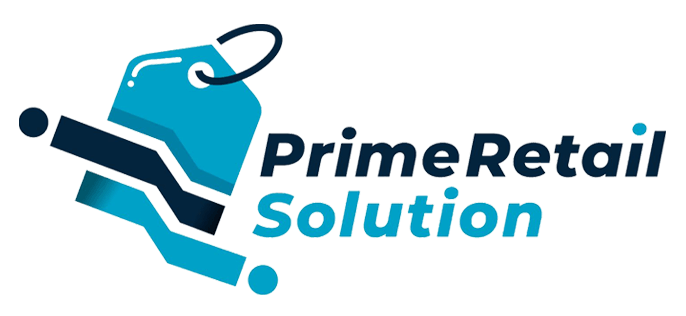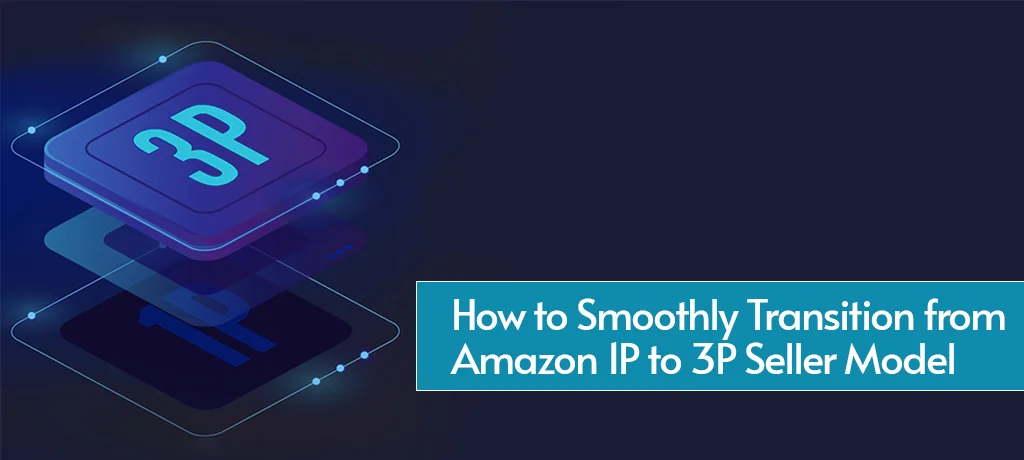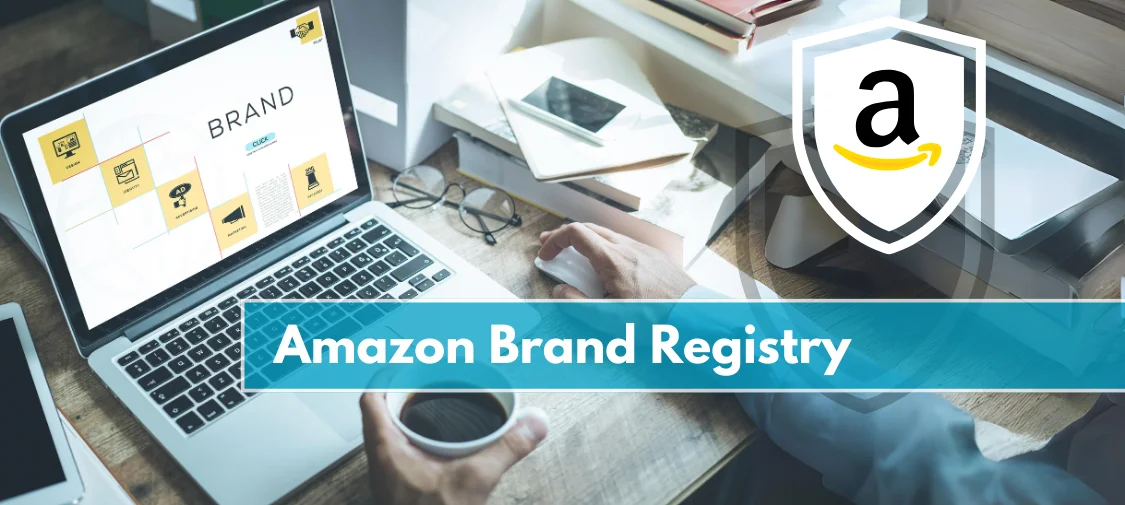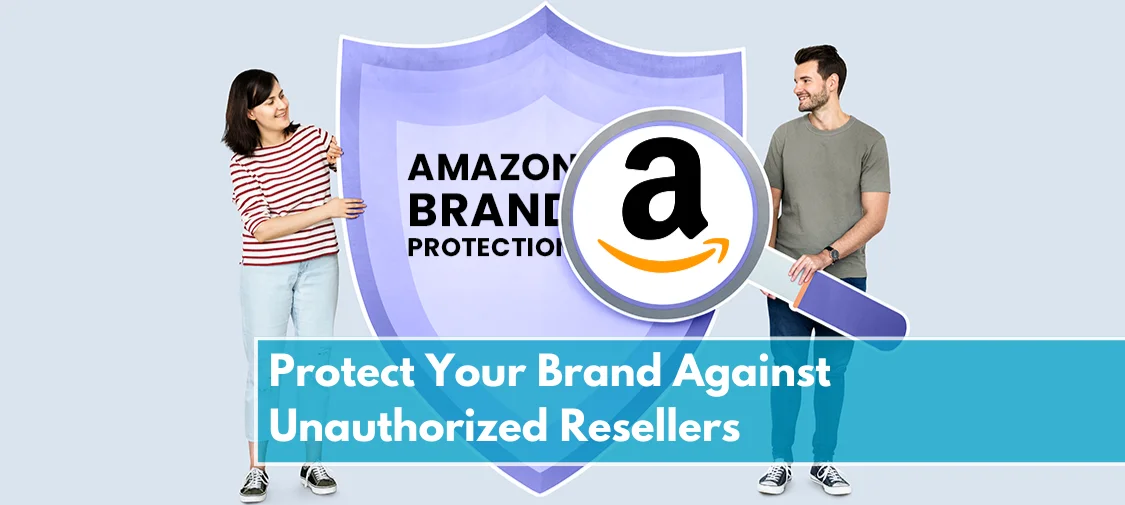Amazon
How to Smoothly Transition from Amazon 1P to 3P Seller Model
Is your business looking to switch from Amazon’s 1P (first-party) model to the more flexible and profitable 3P (third-party) model? Many brands are considering this transition to gain more control over pricing, inventory, and customer interactions. The switch may seem daunting, but with the right strategy, it can be a seamless and highly beneficial shift for your business.
In this guide, we’ll explore the key steps for smoothly transitioning from a 1P to a 3P seller, and how this change can unlock new growth opportunities for your brand. We’ll also provide useful tips and insights to help you make the most of the 3P model.
Why Transition from 1P to 3P?
Before diving into the how, let’s address the why. Why are so many brands moving from 1P to 3P? The primary reason is control. In the 1P model, Amazon has more say in your pricing, inventory management, and fulfillment processes. While this provides convenience for some brands, it limits control over key business functions.
By shifting to the 3P model, you’ll take charge of pricing, inventory, and customer interactions. This shift enables you to set your own product prices, manage stock based on your needs, and create a better customer experience. You’ll also have the opportunity to increase profit margins by cutting out the middleman—Amazon.

Step 1: Plan Your Transition with a Hybrid Approach
The first step in transitioning from 1P to 3P is to create a plan. While it might be tempting to flip the switch all at once, most experts recommend a hybrid approach. This means operating as both a 1P and 3P seller during the transition period to ensure that you don’t experience any disruptions in your sales.
Key Considerations:
- Start with high-margin products: Begin by transitioning your top-performing products from 1P to 3P. This allows you to test the waters while still maintaining your 1P sales.
- Prepare your inventory: Managing inventory during the transition is crucial. Make sure you have enough stock to fulfill orders through both Vendor Central and Seller Central.

Step 2: Leverage FBA for Seamless Fulfillment
Once you’ve identified which products to transition, it’s time to think about fulfillment. One of the major advantages of being a 3P seller is the option to use FBA, which can streamline your shipping and customer service.
Benefits of FBA:
- Prime eligibility: FBA makes your products eligible for Amazon Prime, increasing their visibility and appeal to Prime members.
- Reduced logistics burden: FBA handles packing, shipping, and customer service, allowing you to focus on growing your business rather than worrying about fulfillment.

If you prefer handling fulfillment yourself, you can opt for FBM (Fulfillment by Merchant). However, most sellers find that FBA provides a more efficient and scalable solution for managing inventory and shipping.
Step 3: Optimize Your Listings for Maximum Impact
One of the key differences between 1P and 3P is the level of control you have over your product listings. In the 1P model, Amazon largely manages your listings, but as a 3P seller, you have full control over how your products are presented. This is an excellent opportunity to optimize your listings for higher conversions.
How to Optimize Your Listings:
- Keyword-rich titles: Use relevant keywords to improve your product’s visibility in Amazon’s search results.
- High-quality images: Invest in high-resolution images that showcase your product from multiple angles. Include lifestyle photos to demonstrate how your product is used.
- Enhanced content: Take advantage of A+ Content to create rich, visually appealing product descriptions. This helps customers understand your product better and enhances conversion rates.
Pro Tip: Use tools like Helium 10 or Jungle Scout to perform keyword research and find out which terms your target customers are searching for. This helps you improve your listings and increase their visibility (Jungle Scout)
Step 4: Control Your Pricing and Promotions
As a 3P seller, you’ll have the freedom to set your own pricing strategy. In the 1P model, Amazon sets the prices for you, often resulting in lower margins. By transitioning to 3P, you can maintain profitability by adjusting prices according to market demand, seasonal trends, and competitor pricing.
Pricing Tips:
- Dynamic pricing tools: Use dynamic pricing tools like RepricerExpress or Feedvisor to automatically adjust prices based on market conditions.
- Promotional strategies: Offer promotions, such as Lightning Deals or coupons, to drive traffic and increase sales.

Step 5: Maximize Advertising with Amazon PPC
One of the most powerful tools available to 3P sellers is Amazon PPC (pay-per-click) advertising. Running effective PPC campaigns can increase your product’s visibility and drive more traffic to your listings. Amazon offers several types of ads, including Sponsored Products, Sponsored Brands, and Sponsored Display
How to Maximize Your PPC Campaigns:
- Sponsored Products: Promote individual products to appear in relevant search results.
- Sponsored Brands: Create ads that feature your logo, tagline, and a selection of products, which appear at the top of search results.
- Sponsored Display: Use display ads to retarget customers who have viewed your products but haven’t made a purchase yet.

Conclusion: Seamlessly Transitioning to 3P with Prime Retail Solution
Transitioning from a 1P to 3P seller on Amazon might seem overwhelming, but with a clear strategy and the right tools, it can be a smooth and rewarding process. From taking control of pricing and fulfillment to optimizing listings and running effective advertising campaigns, the 3P model gives you the power to grow your brand and increase profitability.
At Prime Retail Solution, we help brands make this transition seamlessly. Whether you need assistance with inventory management, listing optimization, or PPC advertising, our team of experts is here to support you every step of the way.
Ready to make the switch? Contact Prime Retail Solution today and start your journey toward success as a 3P seller!
Share





